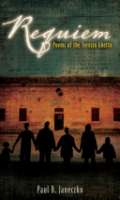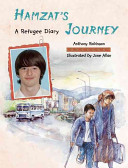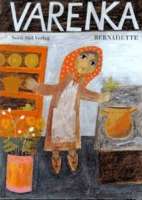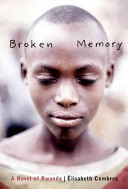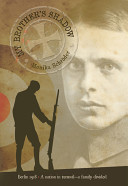
As World War I draws to a close in 1918, German citizens are starving and suffering under a repressive regime. Sixteen-year-old Moritz is torn. His father died in the war and his older brother still risks his life in the trenches, but his mother does not support the patriotic cause and attends subversive socialist meetings. While his mother participates in the revolution to sweep away the monarchy, Moritz falls in love with a Jewish girl who also is a socialist. When Moritz’s brother returns home a bitter, maimed war veteran, ready to blame Germany’s defeat on everything but the old order, Moritz must choose between his allegiance to his dangerously radicalized brother and those who usher in the new democracy.
See the review at WOW Review, Volume 5, Issue 1

